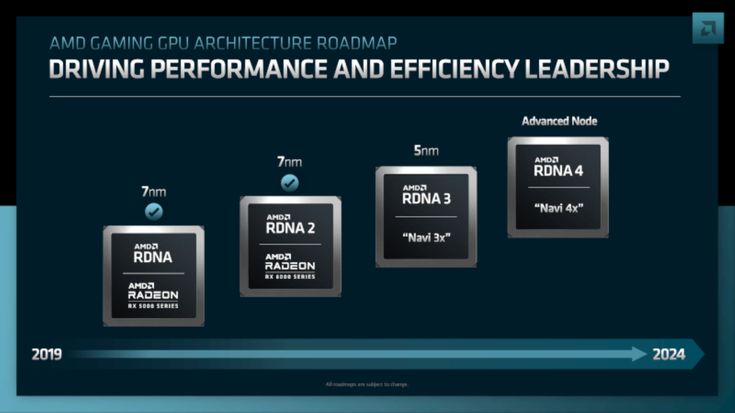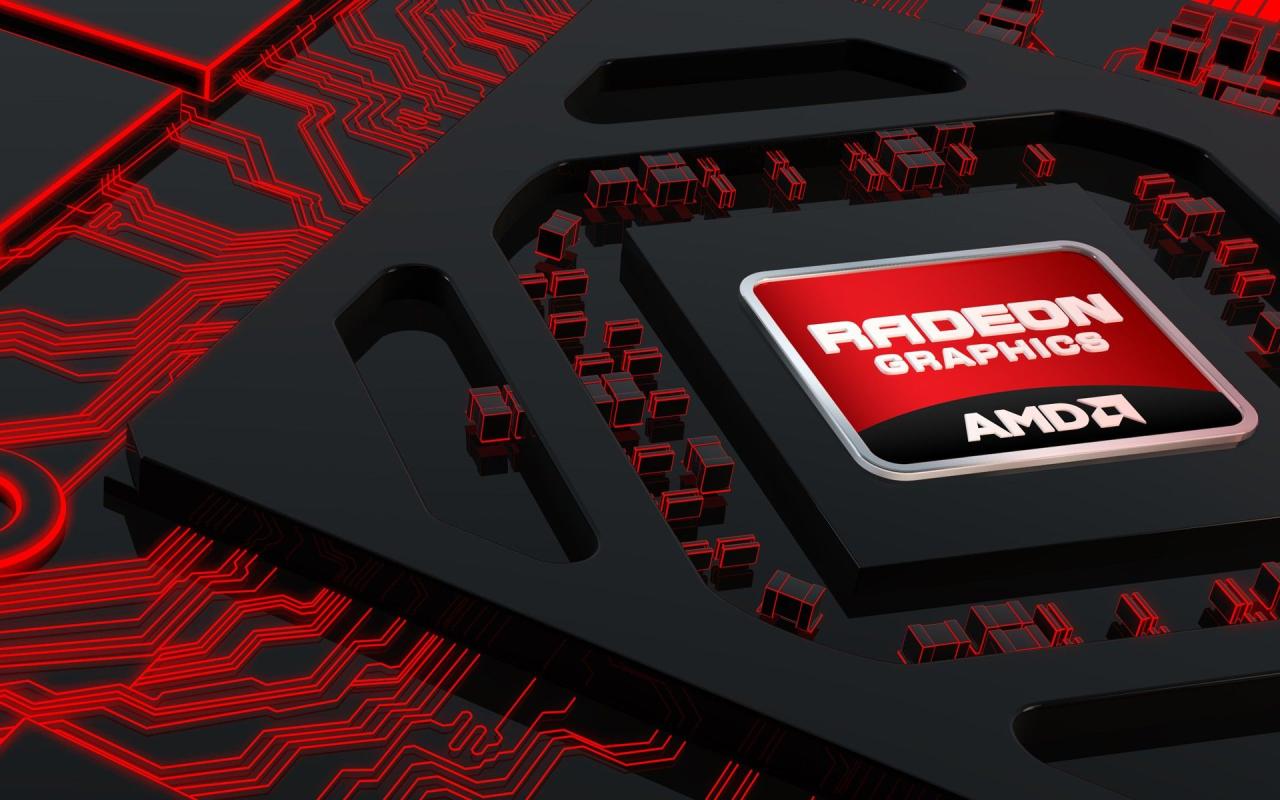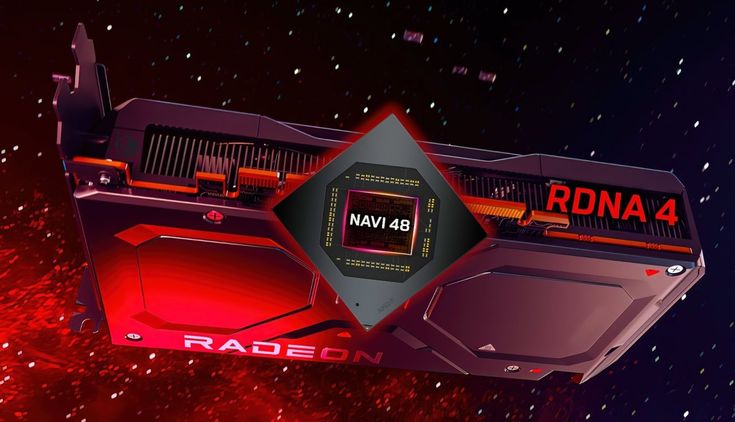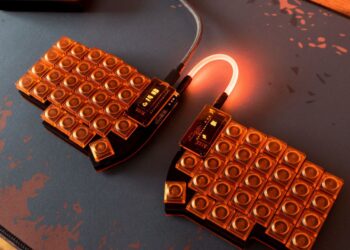The world of high-performance PC gaming has, for the past year, been defined by a single narrative: the absolute dominance of NVIDIA’s RTX 50 series. With flagship cards like the RTX 5090 pushing performance and price to stratospheric new heights, a consensus has formed in the community. The consensus is that AMD, with its RDNA 3 generation, lost the enthusiast crown and has now effectively conceded the ultra-high-end market. In the face of this, AMD’s response has been highly anticipated, and today, with the launch of the RDNA 4 architecture and the Radeon RX 8000 series, that response is finally clear.
However, it is not the response many expected. There is no $2000, 600-watt behemoth designed to trade blows with the RTX 5090. Instead, what AMD has delivered is something far more calculated, far more dangerous to its competitor, and infinitely more important for the average PC gamer. This is not a concession; this is a strategic pivot. It’s a declaration that the war for the GPU market isn’t won by a single “halo” product, but by dominating the segments where the vast majority of gamers actually spend their money.
This article will provide an in-depth analysis of the RDNA 4 architecture, AMD’s bold new market strategy, the key technologies that define it, and the new Radeon RX 8000 series cards that are poised to completely upend the PC gaming landscape. This isn’t just a comeback; it’s a recalibration of what it means to win.
The New Battlefield: A Pivot from Performance Crowns to Market Dominance
For years, the GPU war was a simple story of two titans battling for the top spot on performance charts. The winner was the one with the fastest, most powerful card, regardless of its price or accessibility. In 2025, AMD is fundamentally challenging this premise. The market for graphics cards costing upwards of $1,500 is incredibly small, serving a niche audience of ultra-enthusiasts and professionals. The real volume, the heart of the PC gaming market, lies in the $400 to $800 price bracket.
AMD’s RDNA 4 strategy is a masterclass in focus, built around a single, highly-efficient monolithic chip design rather than the complex (and costly) multi-chiplet modules (MCM) of its predecessor. This new, streamlined approach allows them to achieve three critical goals:
- Maximize Performance-Per-Dollar: By focusing on a single, refined chip, AMD has drastically reduced design complexity and manufacturing costs, allowing them to deliver incredible performance at price points NVIDIA’s current strategy cannot easily match.
- Optimize Performance-Per-Watt: The monolithic design is inherently more power-efficient. This means less heat, lower power consumption, and quieter operation—major quality-of-life benefits for everyday users.
- Capture the Mainstream: Instead of chasing a small slice of the ultra-high-end pie, RDNA 4 is designed to capture the entire mid-range and high-end markets, offering compelling options for both 1080p and 1440p gaming, the two most popular resolutions worldwide.
This is a direct assault on NVIDIA’s vulnerable mid-section. While NVIDIA has been focused on its flagship products, AMD has been forging a weapon to conquer the mainstream.
Inside RDNA 4: The Architectural Deep Dive

The Radeon RX 8000 series isn’t just a refinement of past technologies; it’s a significant leap forward. The RDNA 4 architecture is built on five key pillars that work in synergy to deliver its remarkable efficiency and power.
A. Next-Generation “Zenith” Compute Units (CU): The fundamental building block of the GPU, the Compute Unit, has been redesigned from the ground up. The new “Zenith” CUs boast a significant increase in Instructions Per Clock (IPC), meaning each unit can do more work in the same amount of time. They also feature improved data pathways and scheduling, which drastically reduces latency and keeps the cores fed with data more effectively, maximizing their utilization and overall efficiency.
B. 2nd Generation AI Matrix Accelerators: A major focus for RDNA 4 has been closing the AI performance gap. These new, dedicated AI cores are AMD’s powerful answer to NVIDIA’s Tensor Cores. With a massive increase in TOPS (trillions of operations per second) and support for a wider range of data formats, they provide the hardware muscle needed for next-generation AI tasks. This is not just for gamers; it has significant implications for content creators and the use of local AI models. For gaming, their primary role is to power the next evolution of AMD’s upscaling technology.
C. “Quantum” Ray Tracing (RT) Cores: RDNA 3 made strides in ray tracing, but RDNA 4 aims for parity. The 2nd generation “Quantum” RT cores feature a redesigned structure that accelerates Bounding Volume Hierarchy (BVH) traversal—the complex process of calculating light ray paths—by an order of magnitude. They also include new hardware dedicated to resolving ray divergence and improving shader coherence, tackling the key bottlenecks that have historically held back AMD’s RT performance. The result is a card that finally makes high-framerate, full-path-traced gaming a reality for the mainstream.
D. Unified On-Chip “Infinity Fabric”: While the chip itself is monolithic, the internal components (compute units, AI cores, RT cores, media engine) are linked by a new generation of AMD’s high-speed Infinity Fabric. This on-chip interconnect provides immense bandwidth with incredibly low latency, ensuring that no part of the GPU is left waiting for data. This holistic design philosophy is key to the architecture’s overall efficiency, preventing bottlenecks and ensuring that the performance of each component is fully realized.
E. Predictive Power Gating and Management: RDNA 4 takes power efficiency to the next level with a new AI-assisted management system. The GPU can now predict upcoming workloads with incredible accuracy and dynamically shut down or reduce clock speeds of unused parts of the chip on a microsecond level. This means that for any given task, the card draws the absolute minimum power necessary, translating directly to lower temperatures, less fan noise, and reduced strain on the user’s power supply.
The Radeon RX 8000 Series: A Targeted Assault
The RDNA 4 architecture is debuting with a focused lineup designed to conquer the heart of the market.
The Radeon RX 8800 XT: The Smart Enthusiast’s Choice This is the flagship of the RDNA 4 family. It is not designed to beat the RTX 5090. It is designed to offer a superior experience to the RTX 5070 and trade blows with the more expensive RTX 5080, all at a game-changing price point. With a full complement of Zenith CUs, a healthy 16GB of GDDR7 memory, and the full power of the new RT and AI cores, the RX 8800 XT is the ultimate 1440p and entry-level 4K gaming card. It promises to deliver a no-compromise, high-refresh-rate experience in the latest titles for hundreds of dollars less than its direct competitor.
The Radeon RX 8700 XT: The New King of 1440p Poised to be the best-selling card of the generation, the RX 8700 XT targets the absolute sweet spot of the market. It is engineered to decisively beat the NVIDIA RTX 5060 and 5060 Ti, offering performance that was considered high-end just one generation ago, at a mainstream price. With 12GB of GDDR7 memory, it is perfectly equipped for maxed-out 1440p gaming and high-framerate 1080p esports titles. This is the card that will bring next-generation features like advanced ray tracing and AI upscaling to the masses.
Software Synergy: The Other Half of the Fight

AMD’s strategy is not just about hardware. The software ecosystem has been enhanced to extract every ounce of performance from the new architecture.
FidelityFX Super Resolution 4 (FSR 4): The next generation of FSR is here, and it now fully leverages the new 2nd Generation AI Accelerators. FSR 4 introduces “AI-Enhanced Frame Generation,” a technique that uses machine learning to predict and insert high-quality frames, boosting performance dramatically while significantly reducing the artifacts and latency associated with earlier frame-gen techniques. The image quality is now virtually indistinguishable from native resolution, finally leveling the playing field with NVIDIA’s DLSS.
HYPR-RX 2.0 and Fluid Motion Frames (AFMF): AMD’s one-click performance suite, HYPR-RX, is now smarter. It uses AI to analyze a game and automatically enable an optimized profile of Radeon Boost, Anti-Lag+, and the new FSR 4 for the best balance of performance and image quality. Furthermore, the driver-level AMD Fluid Motion Frames technology has been vastly improved, offering a smoother experience that can be enabled in thousands of DirectX 11 and 12 titles, providing a huge value-add across a player’s entire library.
Conclusion: A New Definition of Victory
AMD’s RDNA 4 and the Radeon RX 8000 series represent a pivotal moment in the GPU industry. By consciously stepping away from the costly battle for the absolute performance crown, AMD has been able to focus its resources on what truly matters to the vast majority of gamers: value, efficiency, and accessible performance.
This is a fight fought not on benchmark charts viewed by the 1%, but in the shopping carts of millions. The combination of a highly efficient monolithic architecture, significant leaps in AI and ray tracing, a powerful software ecosystem, and an aggressive pricing strategy makes the RX 8800 XT and RX 8700 XT incredibly compelling products. “Fighting back” doesn’t always mean meeting your opponent on their chosen ground. Sometimes, it means changing the battlefield entirely. With RDNA 4, AMD has done just that, and the clear winner will be the PC gaming community.











